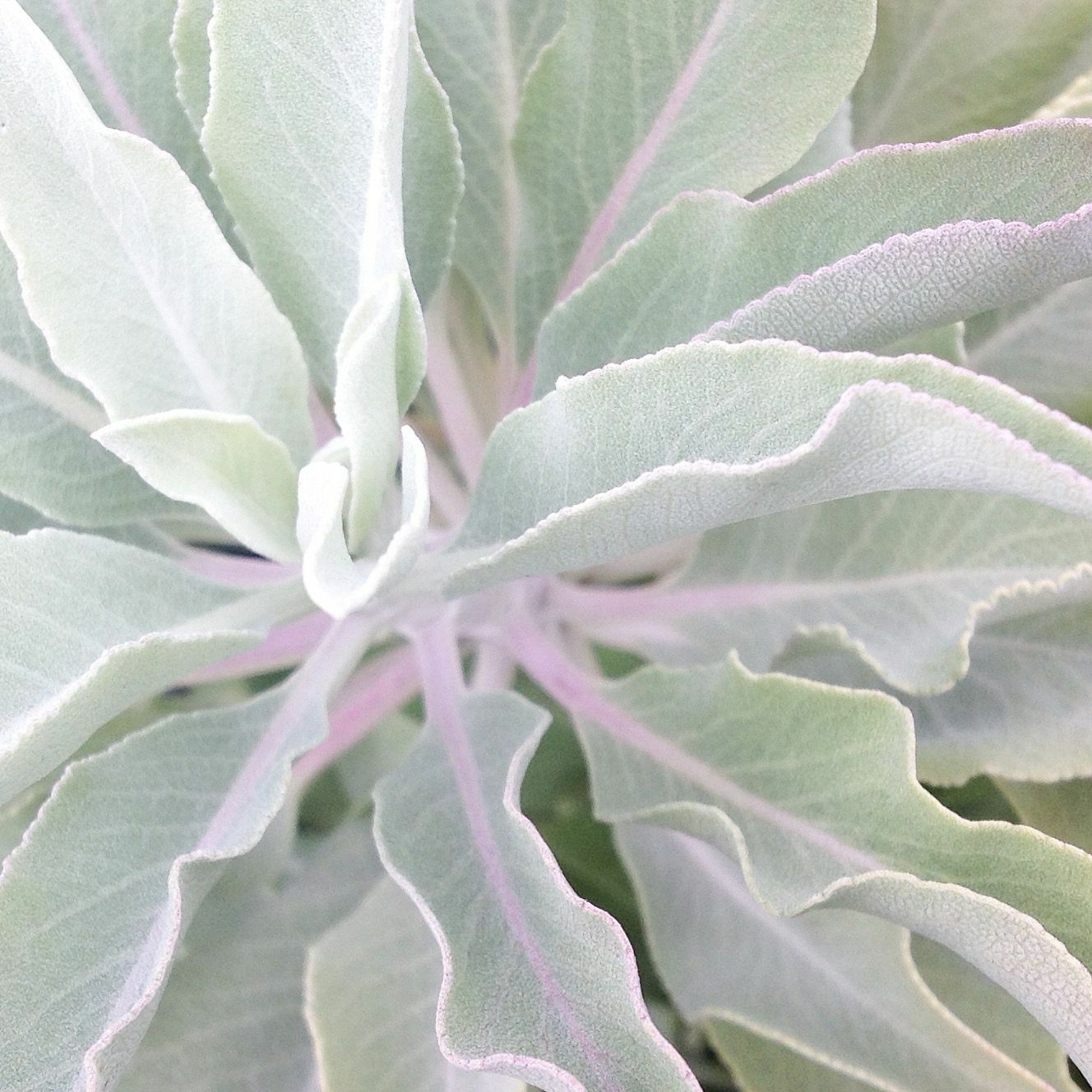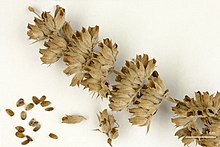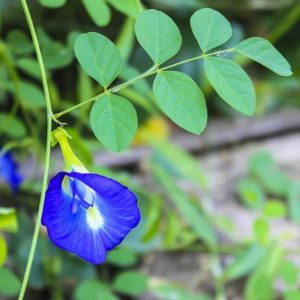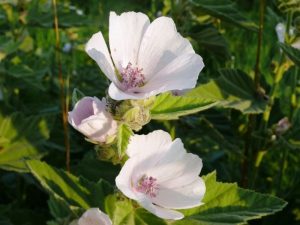- You have no items in your shopping cart
- Subtotal: $0.00

Salvia apiana
| Salvia apiana | |
|---|---|
 |
|
| Scientific classification | |
| Kingdom: | Plantae |
| Clade: | Angiosperms |
| Clade: | Eudicots |
| Clade: | Asterids |
| Order: | Lamiales |
| Family: | Lamiaceae |
| Genus: | Salvia |
| Species: |
S. apiana
|
| Binomial name | |
| Salvia apiana | |
Salvia apiana, the white sage, bee sage, or sacred sage, is an evergreen perennial shrub that is native to the southwestern United States and northwestern Mexico, found mainly in the coastal sage scrub habitat of Southern California and Baja California, on the western edges of the Mojave and Sonoran deserts.
Contents
- 1Description
- 2Native American names
- 3Distribution and habitat
- 4Uses
- 5Controversy
- 6Cultivation
- 7Ecology
- 8References
- 9External links
Description
Salvia apiana is a shrub that reaches 1.3 to 1.5 metres (4.3 to 4.9 ft) tall and 1.3 metres (4.3 ft) wide. The whitish evergreen leaves have oils and resins that release a strong aroma when rubbed. The flowers are very attractive to bees, which is described by the specific epithet, apiana. Several 1 to 1.3 metres (3.3 to 4.3 ft) flower stalks, sometimes pinkish colored, grow above the foliage in the spring. Flowers are white to pale lavender.
Native American names
Names for white sage in local Native American languages include qaashil (Luiseño), shlhtaay or pilhtaay (Kumeyaay), kasiile (Tongva), we’wey (Chumash), qas’ily (Cahuilla), shaltai (Paipai), and lhtaay (Cochimí).[citation needed]
Distribution and habitat
White sage is a common plant that requires well-drained dry soil, full sun, and little water. The plant occurs on dry slopes in coastal sage scrub, chaparral, and yellow-pine forests of Southern California to Baja California at less than 1,500 metres (4,900 ft) elevation.
Uses

Salvia apiana dried flower – MHNT
Salvia apiana is widely used by Native American groups on the Pacific coast of the United States. The seed was a main ingredient of pinole, a staple food. The Cahuilla harvested large quantities of the seed that was mixed with wheat flour and sugar for gruel or biscuits. The leaves and stems were eaten by the Chumash and other tribes. Several tribes used the seed for removing foreign objects from the eye, similar to the way that Clary sage seeds were used in Europe. A tea from the roots was used by the Cahuilla women for healing and strength after childbirth. The leaves are also burnt by many native American tribes, with the smoke used in different purification rituals.
Smudging with white sage, has been adopted in some variant forms into a number of modern belief systems, including many forms of New Age and eclectic Neopagan spirituality, such as modern Wicca.
Controversy
Over harvest of wild white sage populations is a concern held by many Native American groups and conservationists. Over harvesting can negatively affect the wild population and distribution of white sage. It is believed that illegal harvest is occurring on public lands and non-permitted harvesting on the private land of others. In June 2018, four people were arrested for the illegal harvest of 400 pounds of white sage in North Etiwanda Preserve of Rancho Cucamonga, California . Deputies said in a statement that white sage is protected by the Endangered Species Act, which is a common misconception. Collecting plants without permission from a landowner or land manager is illegal . Although white sage is not listed on the Endangered Species List , conservationists are still concerned about the future survival and distribution of the species.
The over harvest of the species is commonly attributed to the increased popularity of new age spiritual practices that borrow the use of white sage from Native American cultures. White sage smudge sticks and other products containing white sage are now commercially available at many mainstream stores such as Urban Outfitters, Whole Foods, and Walmart. Although some companies harvest white sage legally and sustainably in privately owned open space or from farmed white sage, it is difficult to know whether it was harvested ethically or not.
Cultural appropriation of Native American culture is another controversial issue surrounding the newfound popularity of white sage in spiritual practices. Many Native American activists and activist groups believe that the use of white sage by new age spiritual groups adopts from their culture without proper knowledge and respect of the culture. Although some mainstream stores still sell white sage smudge sticks, in some instances, activist groups have been successful in efforts to have white sage products removed from mainstream markets on the basis of cultural appropriation. In October 2018 Anthropologie listed an item called “Cleansing a space ritual kit” made by the company Elements of Aura. The kit contained a white sage smudge stick and an abalone shell, among other items. Various indigenous arts and culture activists and activist groups used Instagram to mobilize people to voice their opposition to the product being sold. The next day Anthropologie removed the item from its shop and said “no offence was intended” .
Cultivation
Salvia apiana prefers a sunny location, well draining soil, and good air circulation. It easily hybridizes with other Salvia species, particularly Salvia leucophylla and Salvia clevelandii.
Ecology
Bumblebees, hawk moths, and wasps pollinate white sage, and hummingbirds also appear to like the plant
References
- ^ Jump up to:a b c d Clebsch, Betsy; Carol D. Barner (2003). The New Book of Salvias. Timber Press. pp. 34–36. ISBN 978-0-88192-560-9.
- ^ Rancho Santa Ana Botanic Garden, USDA NRCS National Plant Data Center. “Salvia apiana Jepson” (PDF). United States Department of Agriculture Plant Guide. USDA. Retrieved 3 January 2012.
- ^ “400 pounds of endangered sage seized, 4 arrested at North Etiwanda Preserve”. Press Enterprise. 2018-06-26. Retrieved 2018-11-16.
- ^ “Law section”. leginfo.legislature.ca.gov. Retrieved 2018-11-16.
- ^ “USFWS Federally Endangered Species: Flowering plants”. U.S. Fish and Wildlife Service.
- ^ “Meztli Projects on Instagram: “#Repost @weshoyot ・・・ #OurMedicineIsNotForSale @anthropologie now selling white sage with #abalone shells. . Please help spread this…““. Instagram. Retrieved 2018-11-16.
- ^ “Meztli Projects on Instagram: “Good work @weshoyot #freepeople #urbanoutfitters #vetri #nativeamerican @kdrslaysthepatriarchy @rageone @frankwaln @tanayawinder…““. Instagram. Retrieved 2018-11-16.
From Wikipedia, the free encyclopedia


